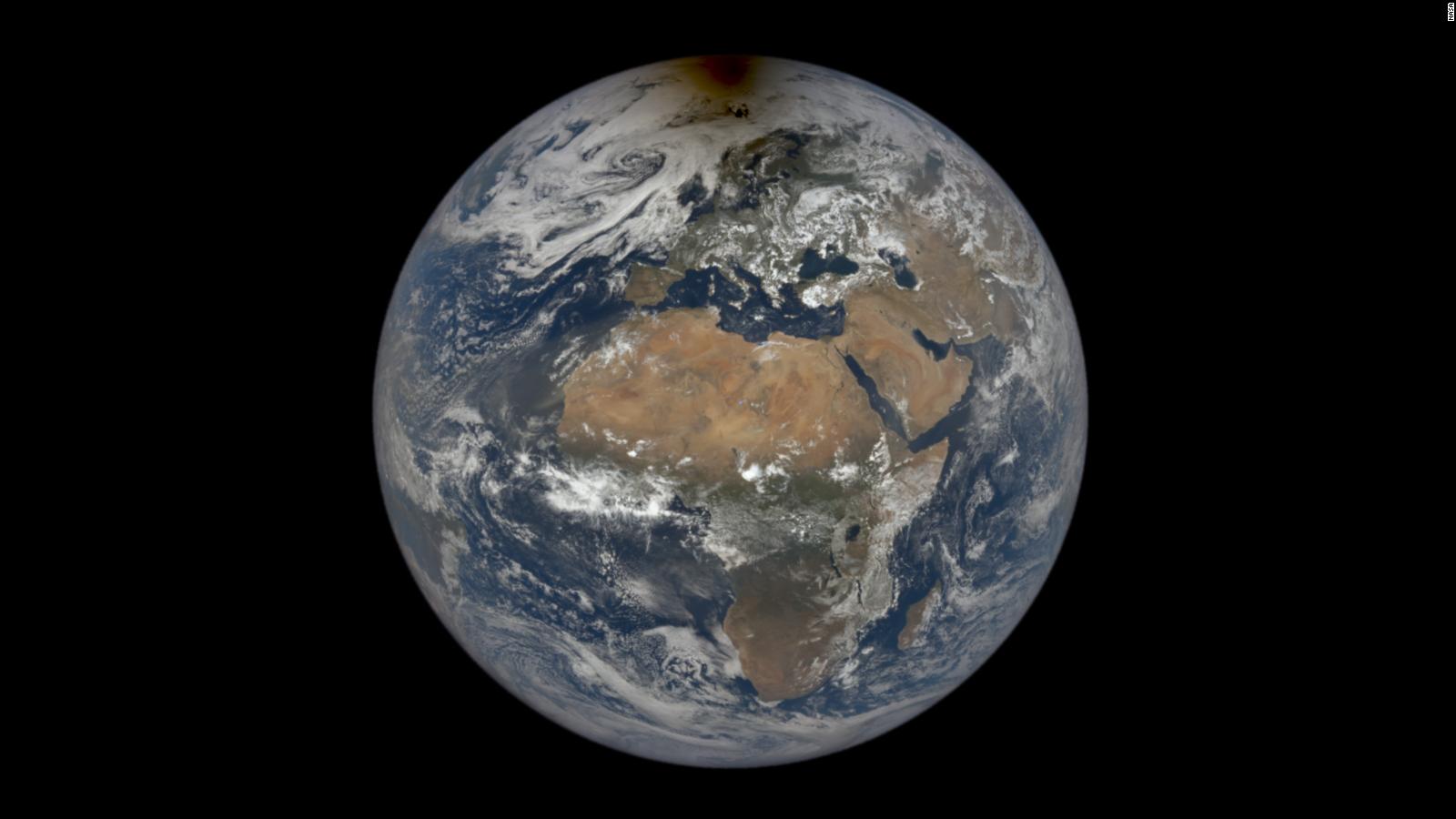(CNN) — If you think the time in the day is short, you’re right.
Scientists recorded the shortest day on Earth since the invention of the atomic clock.
According to him International Service for Earth Rotation and Reference SystemsThe body responsible for measuring time around the world said on June 29 that our planet’s rotation lasted 1.59 milliseconds shorter than a normal 24-hour day.
One revolution is the time it takes the Earth to rotate once on its axis, which is about 84,600 seconds.
The previous record was documented on July 19, 2020, which was 1.47 milliseconds below normal for that day.
The atomic clock is a standardized unit of measurement that has been used since the 1950s to tell time and measure Earth’s rotation, said Dennis McCarthy, retired director of time at the U.S. Naval Observatory.
Although June 29 broke the record for the shortest day in modern history, Earth had the shortest days, he said.
When dinosaurs roamed the planet 70 million years ago, a day on Earth lasted about 23 1/2 hours, according to a 2020 study published in the journal Education. Paleoceanography and Paleoclimatology.
Since 1820, scientists have documented that the Earth’s rotation speed is slowing down. According to NASA. However, in recent years, it has begun to accelerate, McCarthy said.
Why does the speed increase?
Researchers don’t have a definitive answer as to how or why the Earth rotates slightly faster, but it could be due to glacial isostatic adjustment or movement of the Earth due to melting glaciers, McCarthy said.
The Earth is slightly wider than it is tall, making it a tilted sphere, he said. Polar glaciers weigh down the Earth’s crust at the North and South Poles, McCarthy said.
As the climate crisis melts the poles, there is less pressure at the top and bottom of the planet, which pushes the crust up and spins the Earth, he said. The circular shape helps the planet rotate faster, McCarthy said.
It’s the same phenomenon figure skaters use to speed up and slow down, he said.
When skaters extend their arms away from their bodies as they spin, they need more power to spin, he said.
As they bring their arms closer to their body, their speed increases because their body mass is closer to their center of gravity, McCarthy said.
As Earth rotates, its mass moves closer to its center, which increases its rotational speed, he said.
Remove a leap second (or extra second).
Since researchers began measuring Earth’s rotation speed using atomic clocks, Earth’s speed has been slowing, McCarthy said.
“Our daily lives don’t even recognize that millisecond,” McCarthy said. “But if these things add up, it will change the speed at which we insert a leap second.”
In cases where milliseconds add up over time, the scientific community has added an extra second to the clock to slow down our time to match Earth time, he said. An additional 27 seconds have been added since 1972. According to EarthSky.
McCarthy said that because the Earth is now spinning faster, a leap second must be subtracted to adjust our clocks to the Earth’s rotational speed.
If the planet continues this cyclical trend, suppressing a leap second won’t be necessary for another three or four years, he said.





:quality(85)/cloudfront-us-east-1.images.arcpublishing.com/infobae/KTKFKR763RBZ5BDQZJ36S5QUHM.jpg)